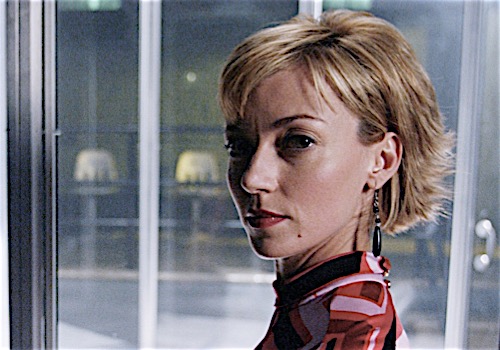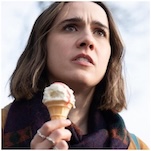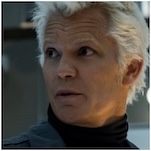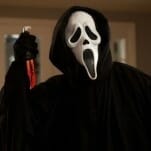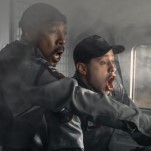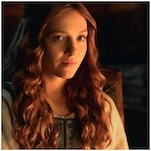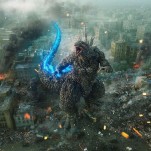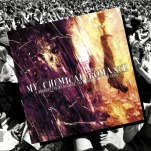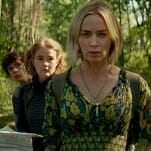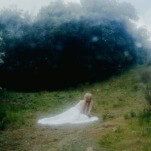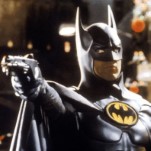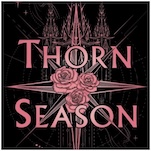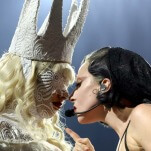Harley Hits the Big Time
A look back at Joker’s number one girl following her silver screen debut

Harley:“I know what you’re thinking: ‘What a shame! A pure, innocent little thing like her, led astray by bad companions!’”
Batman: “Right. Tell me another.”
—Batman: The Animated Series, “The Joker’s Favor”
The last couple decades have brought us plenty of different incarnations of Batman, but if you were the right age to be watching afterschool cartoons circa 1991, you know which one is best. Batman: The Animated Series educated the non-comic-buying kids of my generation in the lore of Batman. The fact I only follow superheroes in non-comic media was why, years later, I was surprised to find that one of the most noteworthy characters of the show actually originated there rather than in the comics: Harley Quinn, the Joker’s ditzy-demented, Brooklyn-accented, loudmouth henchwoman (and much put-upon girlfriend… maybe?).
Now that Harley has hit the silver screen in Suicide Squad (as portrayed by Australian actress and Vanity Fair fixation Margot Robbie), here’s a look at the character’s roots, her many different permutations and breakout appearances over the past 24 years, and my attempt to answer the ongoing question: Who is this clown princess who launched a thousand (deeply uncomfortable) Facebook memes?
Harley’s Roots: The Animated Series
Harleen Quinzel: “Well, I’ve always had an attraction for extreme personalities. You’ve got to admit there’s an element of glamour to these super criminals.”
—Batman: The Animated Series, “Mad Love”
Like any superhero comic character, Harley Quinn has been through reboots, re-imaginings, and whatever you call it when The Flash runs so fast that you need to buy new comics. None of them are as difficult to track down as the aforementioned cartoon series on DVD. Harley originated as an interesting minion of the Joker in the surprisingly dark episode “The Joker’s Favor,” which aired in September of 1992. Dressed in her stark red-and-black jester getup, her face covered in white clown makeup, the Joker refers to her as “Harley,” but only sharp-eyed credits viewers would have noticed that her full name is a play on “harlequin,” the traditional mute jester character.
Harley is anything but mute: She almost certainly has more lines than Batman in that same episode, and the script gives voice actor Arleen Sorkin several strong character beats. The plot follows an everyday mope named Charlie who crosses the Joker in an unfortunate moment of road rage, earning himself the dubious honor of becoming the Joker’s “hobby” and owing him some unspecified future favor. In an absurd twist, Charlie finds out that his favor is to hold the door for Harley, who is disguised as a cop, as she wheels a cake into a banquet in Commissioner Gordon’s honor. Of course the Joker is waiting inside the cake, and of course he’s paralyzed the guests with gas and rigged Gordon up with a bomb. As for Charlie, he finds himself glued to the door as the Joker walks off, cackling.
Harley has little to do with the plot of this delightful early episode in the show, but she nevertheless completely steals the show. Detective Bullock (always boorish in the Animated Series) acts like a catcalling pig to her and she billy-bats his shin. Her penchant for disguises and subterfuge—a character trademark—is on display as she infiltrates the police gala and even poses as a limo driver to smilingly menace Charlie as he returns to Gotham. And of course, there’s the rhyming poem she delivers right before the Joker’s big reveal, bursting with voice actor Arleen Sorkin’s larger-than-life delivery.
It’s worth mentioning that Sorkin was a friend of series writer Paul Dini, who has spoken about how his decision to work a woman into the Joker’s goon squad in that episode, and found himself reminded of Sorkin’s brief appearance as a clown in the daytime soap Days of Our Lives. It’s a quirky little precursor to what would become the Harley Quinn character.
Over the course of the show, the character’s relationship to the Joker and the other major series characters cemented. Ask any enthusiastic Harley cosplayer what her defining characteristics are and you’ll find that the Animated Series introduced and codified them all: She’s in an abusive and manipulative (but inescapable) relationship with “Mistah J,” she’s gal pals with villainess Poison Ivy, she’s acrobatic and a fan of absurd weaponized comedy props.
-

-

-

-

-

-

-

-

-

-

-

-

-

-

-

-

-

-

-

-

-

-

-

-

-

-

-

-

-

-

-

-

-

-

-

-

-

-

-

-



